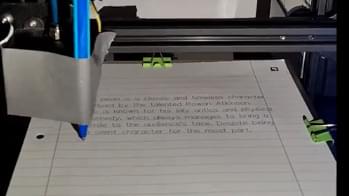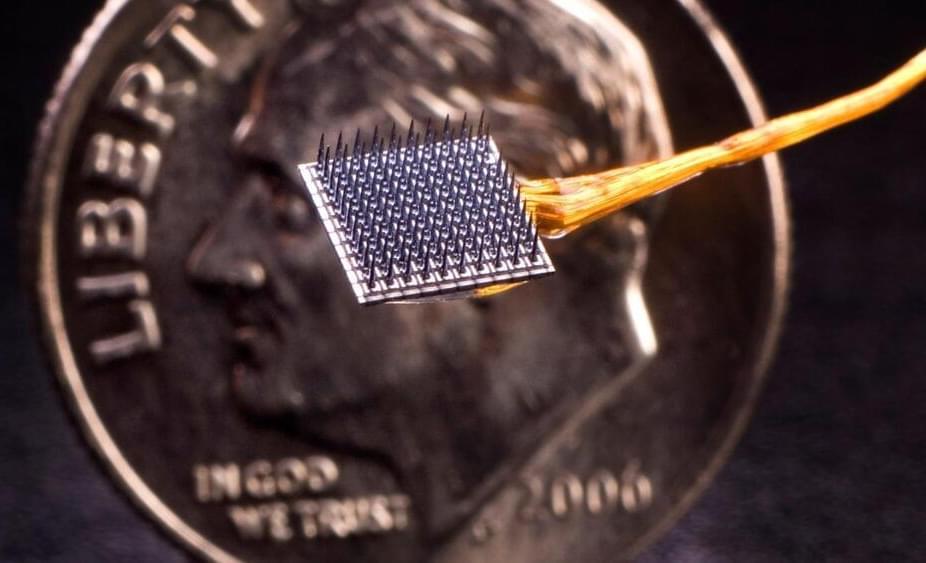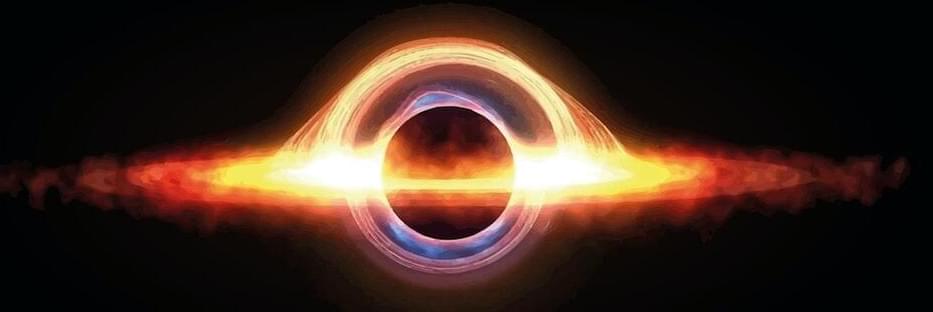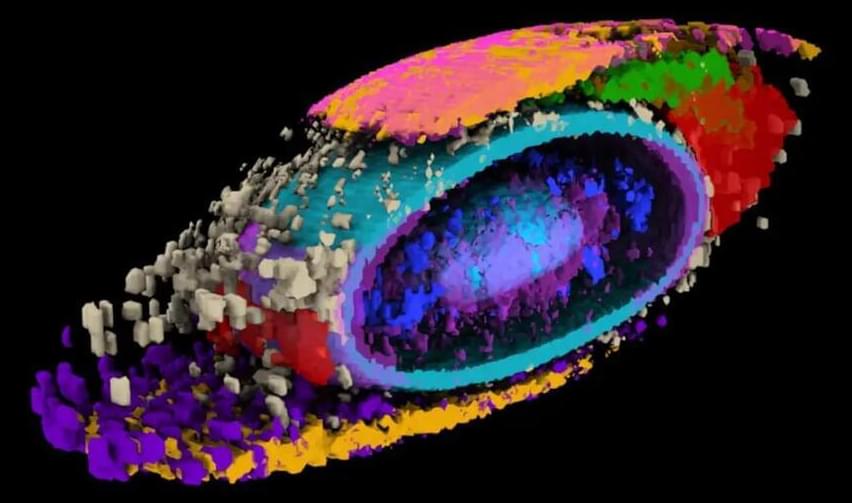Feb 4, 2023
This genius student uses the power of AI and a 3D printer to ‘handwrite’ their homework
Posted by Omuterema Akhahenda in category: robotics/AI
As technology advances, you can always count on one thing: students will use it to avoid doing homework. One industrious student not only got an AI chatbot to do their homework assignment, but they also rigged it to a 3D printer to write it out on pen and paper, expending the maximum amount of effort required to do the minimum amount of homework. Bravo!
TikTok user 3D_printer_stuff (opens in new tab) shared a series of videos on how they programmed a 3D printer to produce homework with the answers that ChatGPT (opens in new tab) wrote.


















